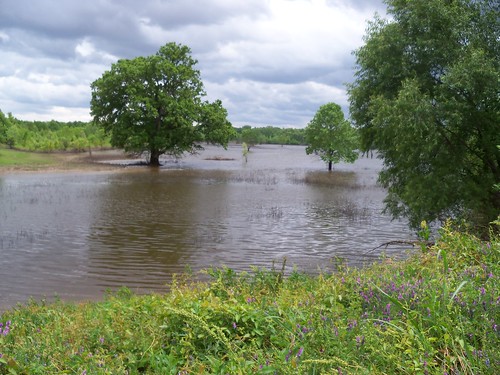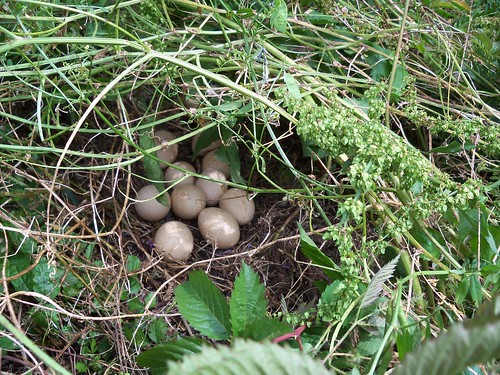
Maybe it’s Murry Moore’s profession as a funeral director that inspires him to put tired land to rest, but his restoration efforts of nearly 700 acres on the banks of the Obion River in western Tennessee has ensured a peaceful home for wildlife.
In the early 1950s, Moore’s parents bought the tract, and for years afterward they cleared it for timber. Later, Murry and his brother Dean began row cropping. Year after year, the land was flooded by the Obion and eroded bit by bit, leaving a field of unproductive crops and frustrated farmers.
After their father died, the brothers and their mother made the decision to convert the cropland back to native habitat. They enrolled 166 acres into USDA’s Conservation Reserve Program in the early 1990s, planting long-term, resource-conserving covers to improve the quality of water, control soil erosion and develop wildlife habitat.
After learning the benefits, the brothers decided to enroll the entire farm into another conservation program with USDA, the Natural Resources Conservation Service’s 30-year Wetlands Reserve Program (WRP). As part of this program, NRCS offers financial and technical assistance to remove marginal land from agricultural production, restore it to a functioning wetland and protect it from future development.
“Three out of five years they were losing a crop due to flooding,” says NRCS District Conservationist Mark Dorsett, who worked with the Moores.
According to Murry Moore, WRP was just what the land needed, “It’s the best thing that I can think of for low-lying, flood-prone farmland that probably never should’ve been cleared in the first place.”

With assistance from NRCS and other private, state and federal programs, the Moore brothers have increased the population of migratory birds, waterfowl and other wading birds and created habitat for deer, turkey, squirrel, songbirds and other native wildlife.
Their decision is also helping to mitigate climate change. It is estimated that every acre of replanted floodplain forests sequester, on average, 2.5 tons of carbon each year, and wetland easements could account for over 1.2 billion pounds of sequestered carbon annually. This equals the amount of carbon emissions from more than 360,000 cars.
“I’m so pleased with the results that I’m considering leaving it this way permanently,” Moore says, meaning he’s thinking about converting the 30-year easement to a perpetual easement. Doing this would extend the easement indefinitely, even if the property is sold in the future.
Today Murry and his son Taylor, also a mortician, still farm, but only to plant about 40 acres of food plots for wildlife including corn, millet, wheat and oats.
The Moores’ restoration efforts now serve as an example for others. They have led hundreds of educational and professional forestry and biology groups on farm tours and have been featured in national agriculture publications.
The brothers were recognized nationally with awards from the U.S. Fish and Wildlife Service in 1995 and 1996 for their voluntary efforts in conserving and restoring bottomland hardwood forest for wildlife habitat on their farm.
Follow NRCS on Twitter.
Check out other conservation-related stories on the USDA blog.

